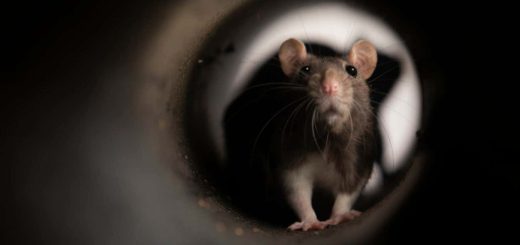Possible galaxy spotted by JWST could be the earliest we’ve ever seen
A possible galaxy named Capotauro may have formed within 90 million years of the big bang – but astronomers can’t be sure that’s what it is
By Jonathan O’Callaghan
5 September 2025
The possible galaxy in an image from the James Webb Space Telescope
NASA, ESA, CSA, CEERS, G. Gandolfi
Astronomers might have discovered a galaxy that formed extremely early in the universe, nearly 200 million years before its closest competitor, but they caution there could be other explanations too.
Giovanni Gandolfi at the University of Padua in Italy and his colleagues probed data from the James Webb Space Telescope (JWST) to look for distant objects that formed early in our universe’s 13.8-billion-year history.
The further away a galaxy is from Earth, the longer its light will have taken to reach us and the more it will be shifted to the red end of the spectrum by the expansion of space, a property known as redshift.
Read more
When did time begin? Hint: It wasn’t at the big bang
To date, the earliest confirmed galaxy – which was spotted by JWST and is called MoM-z14 – has a redshift of 14.4, meaning the light now reaching us from it began travelling towards us when the universe was 280 million years old. Gandolfi and his team, however, have reported an astonishing object with a redshift of 32, implying that we are viewing it as it was when the universe was just 90 million years old. They named it Capotauro, after a mountain in Italy.
“Capotauro could be the farthest galaxy ever seen,” says Gandolfi, at a “timescale that is compatible with the first stars and black holes to form in the universe”.


